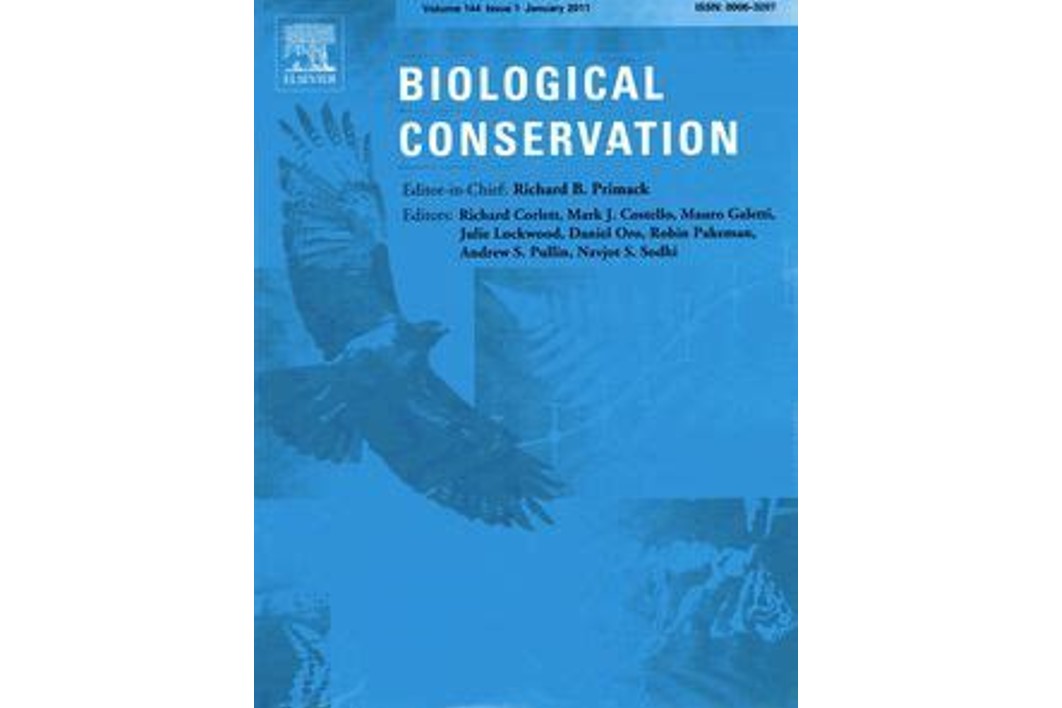Published in:Â Biological Conservation
Authors: Doug Armstrong (1), Christie Le Coeur (2), Joanne M. Thorne (1), Julia Panfylova (1), Tim G. Lovegrove (3), Peter G.H. Frost (4) and John G. Ewen (5)
(1) Wildlife Ecology Group, Massey University, PB 11222, Palmerston North, New Zealand
(2) Centre d’Ecologie et des Sciences de la Conservation, Sorbonne Universités, MNHN, CNRS, UPMC, Paris, France
(3)Â Auckland Council, Private Bag 92300, Victoria Street West, Auckland, New Zealand
(4)Â Science Support Service, 87 Ikitara Road, Whanganui 4500, New Zealand
(5) Institute of Zoology, Zoological Society of London, Regents Park, London, United Kingdom
Abstract:
Translocated animals often suffer elevated mortality during some acclimation period after release. Such post- release effects must be accounted for when estimating normal survival rates and therefore predicting population persistence. The standard approach for doing this is to nominate a fixed acclimation period, and either i) exclude survival data over that period, or ii) use model selection criteria to test whether survival differs over that period. We present a more flexible approach where the acclimation period is treated as unknown and is estimated simultaneously with the pre- and post-acclimation survival probabilities. We illustrate this approach using survival data for six reintroduced populations involving three New Zealand forest bird species. Analyses of the complete data sets (22–73 surveys conducted over 4–14 years) indicated that significant post-release effects occurred in at least one sex in five of the six populations, with 30–84% mortality attributable to post-release effects over acclimation periods ranging from 1 to 9 months. When we applied the approach to just the first year of data for each population, the estimated normal survival rates were consistent with those obtained from the complete data sets, and always at least as accurate as our previous approach of excluding data up to the next breeding season after translocation. The flexible approach therefore appears to be effective for accounting for post-release effects in survival estimation, and is beneficial in quantifying both the strength and duration of those effects so that pre- and post-release management strategies are better informed.
You can find the article here
